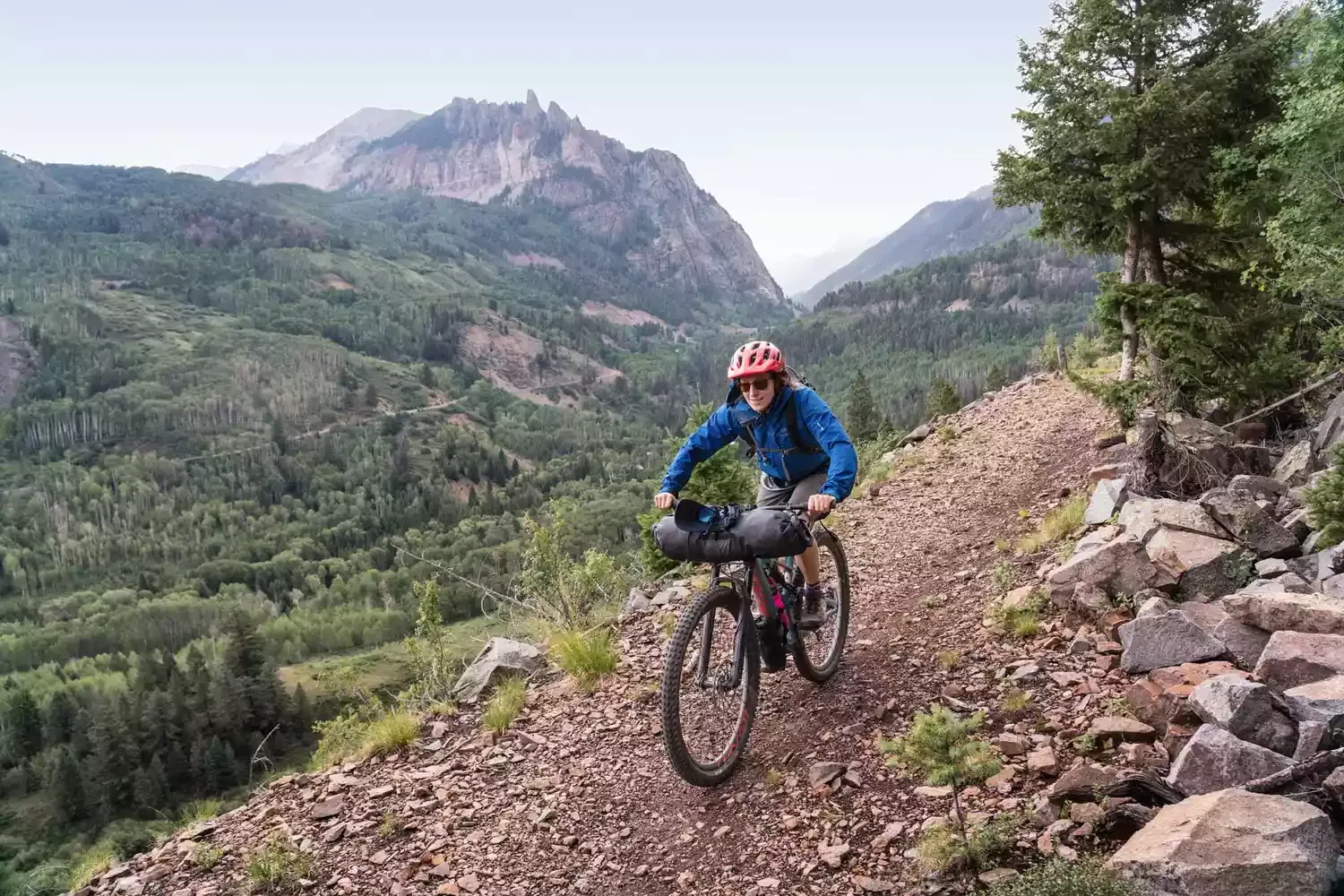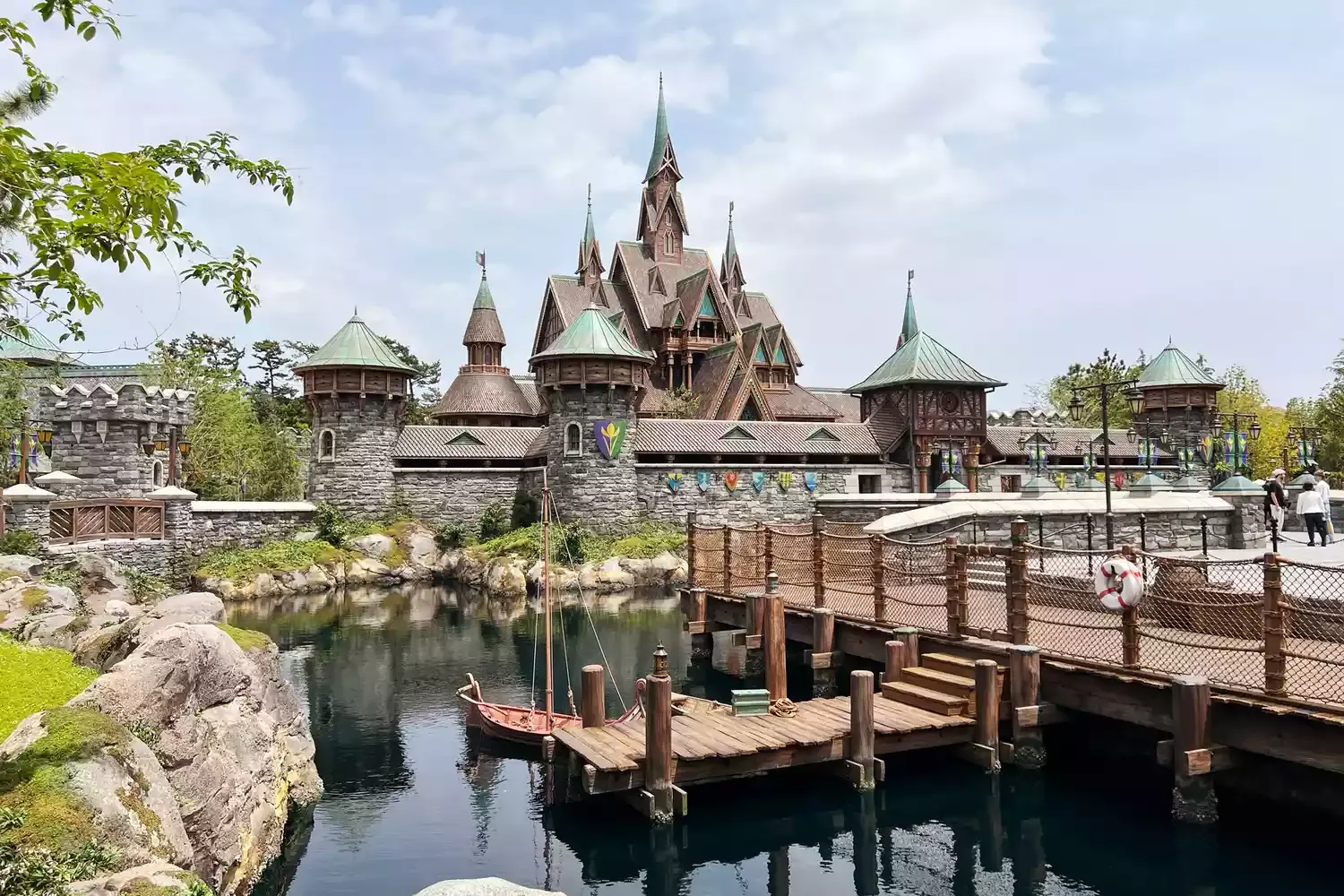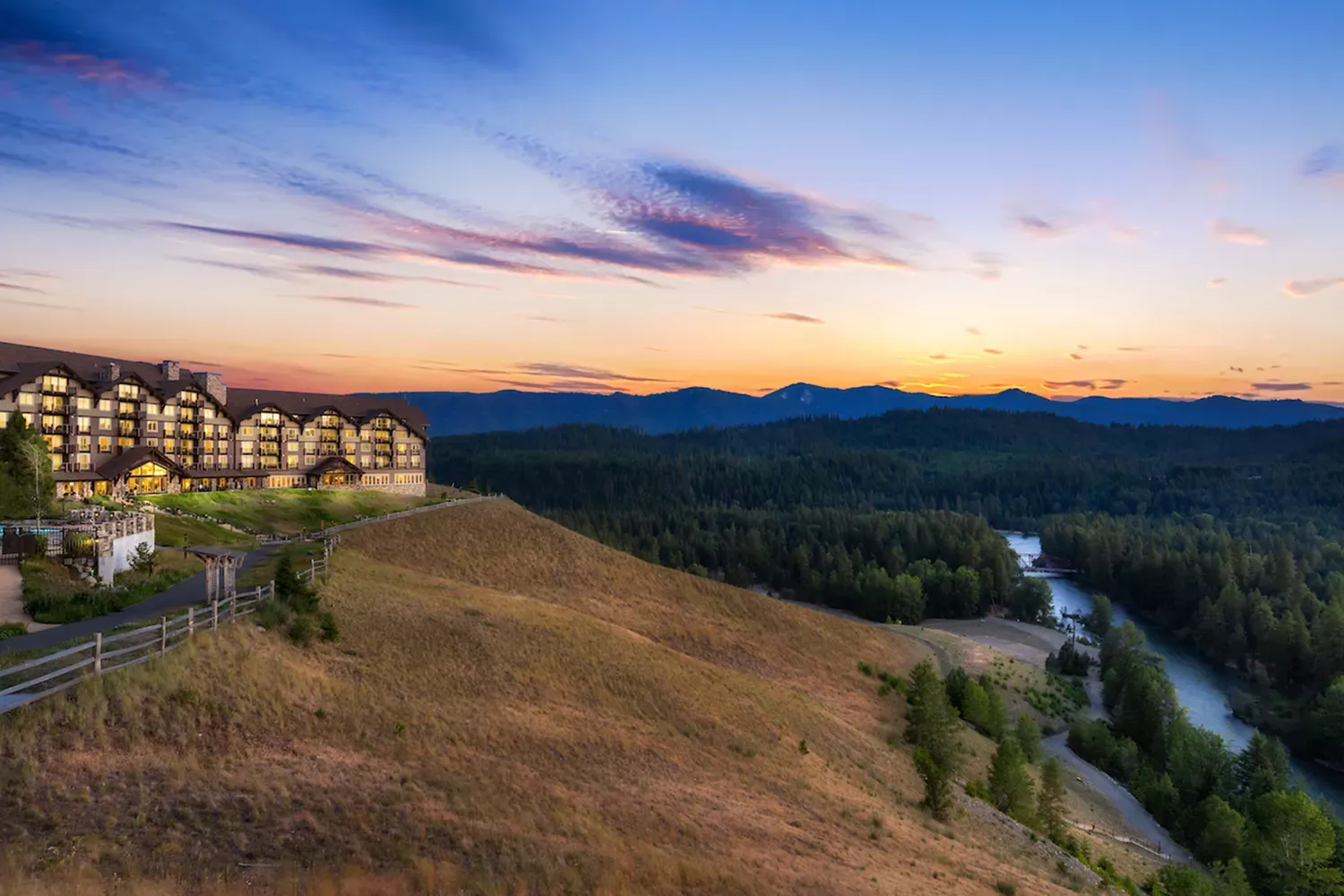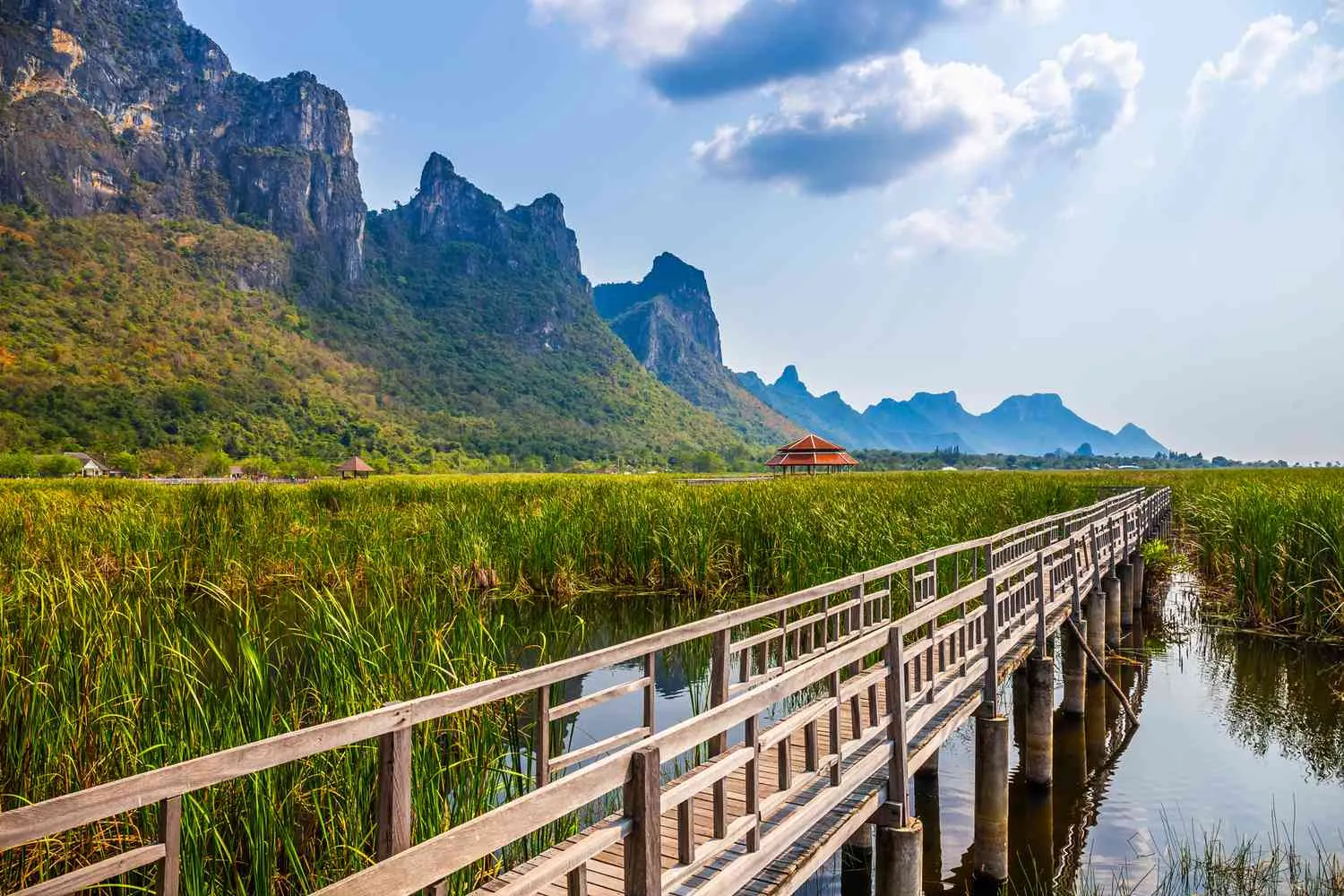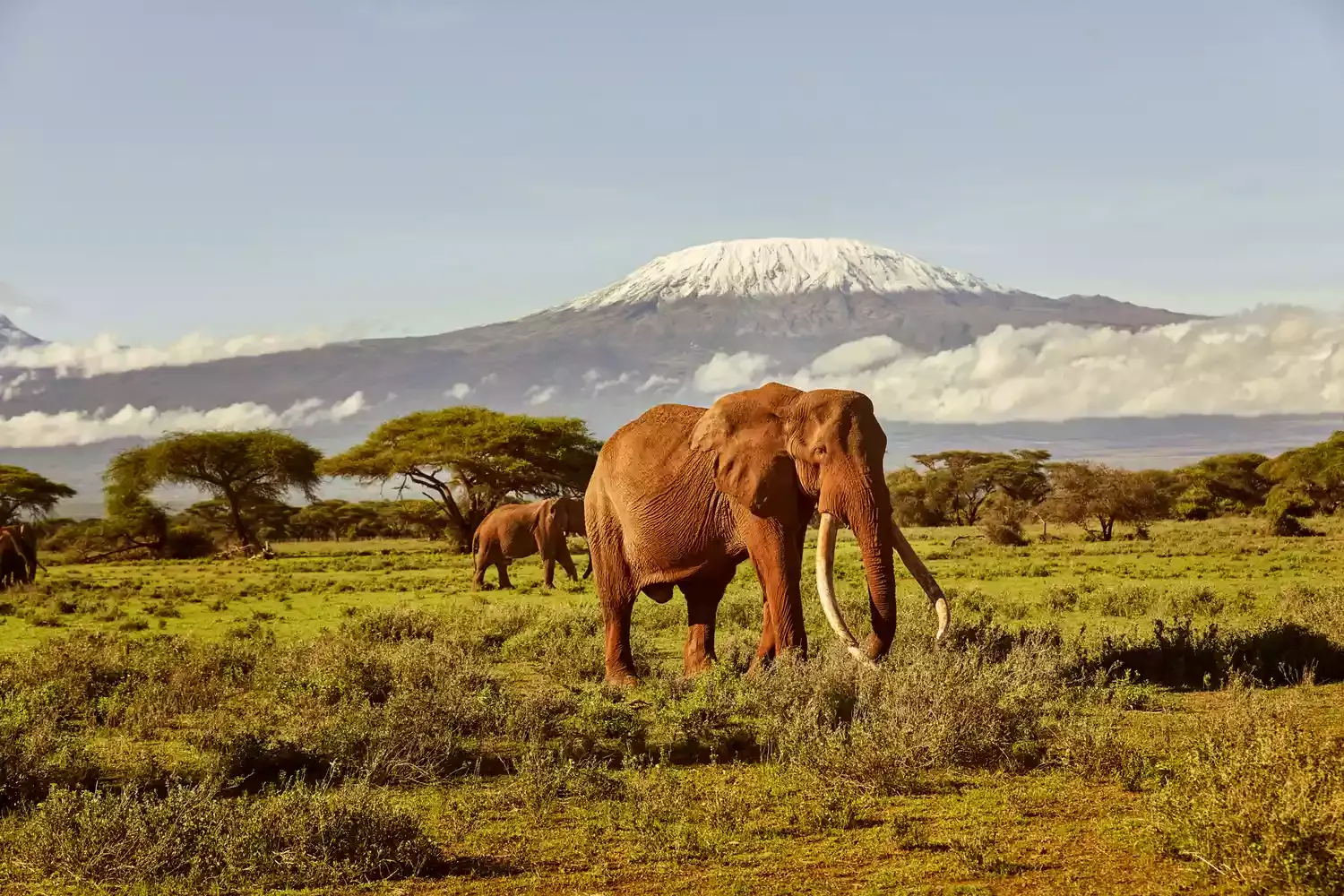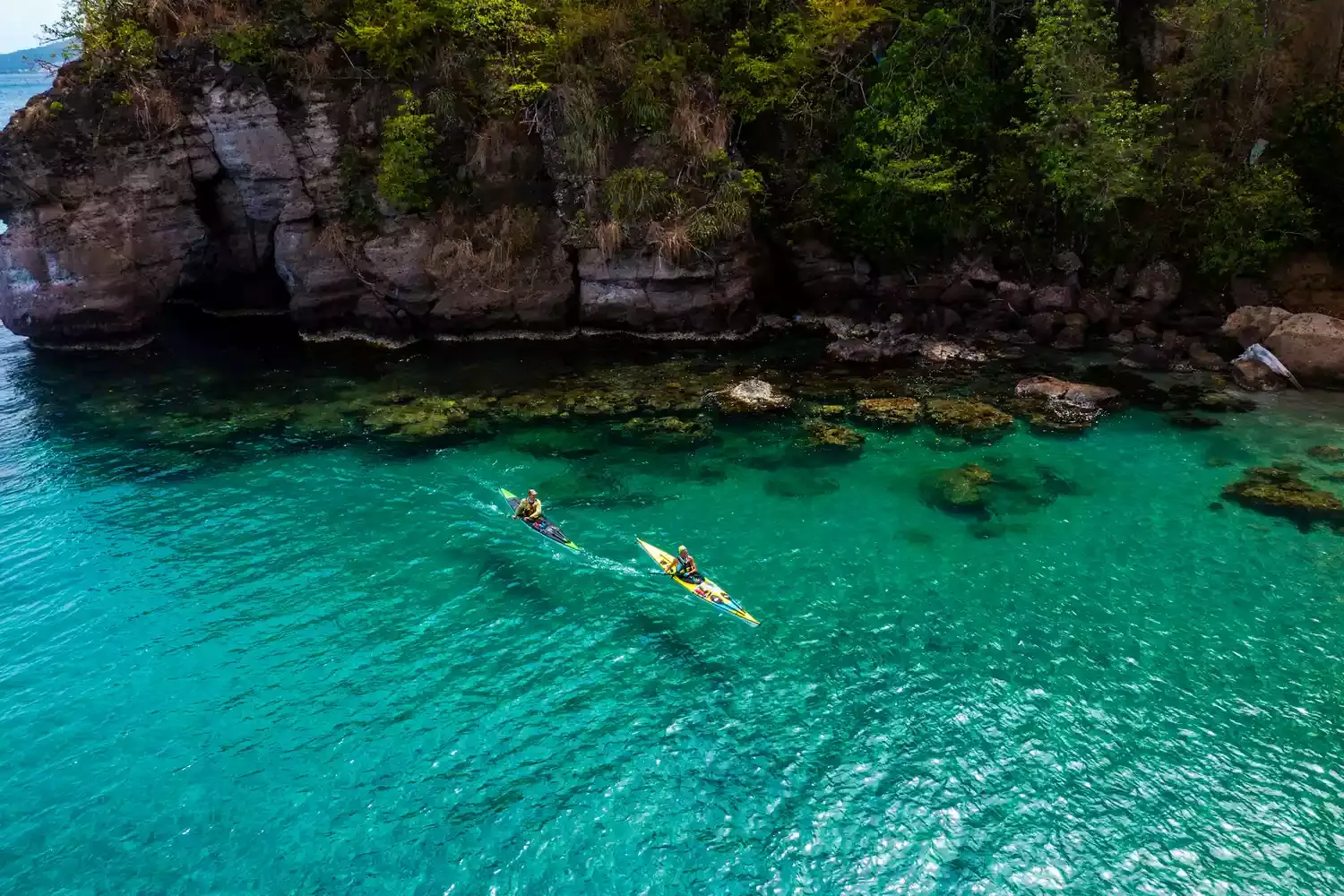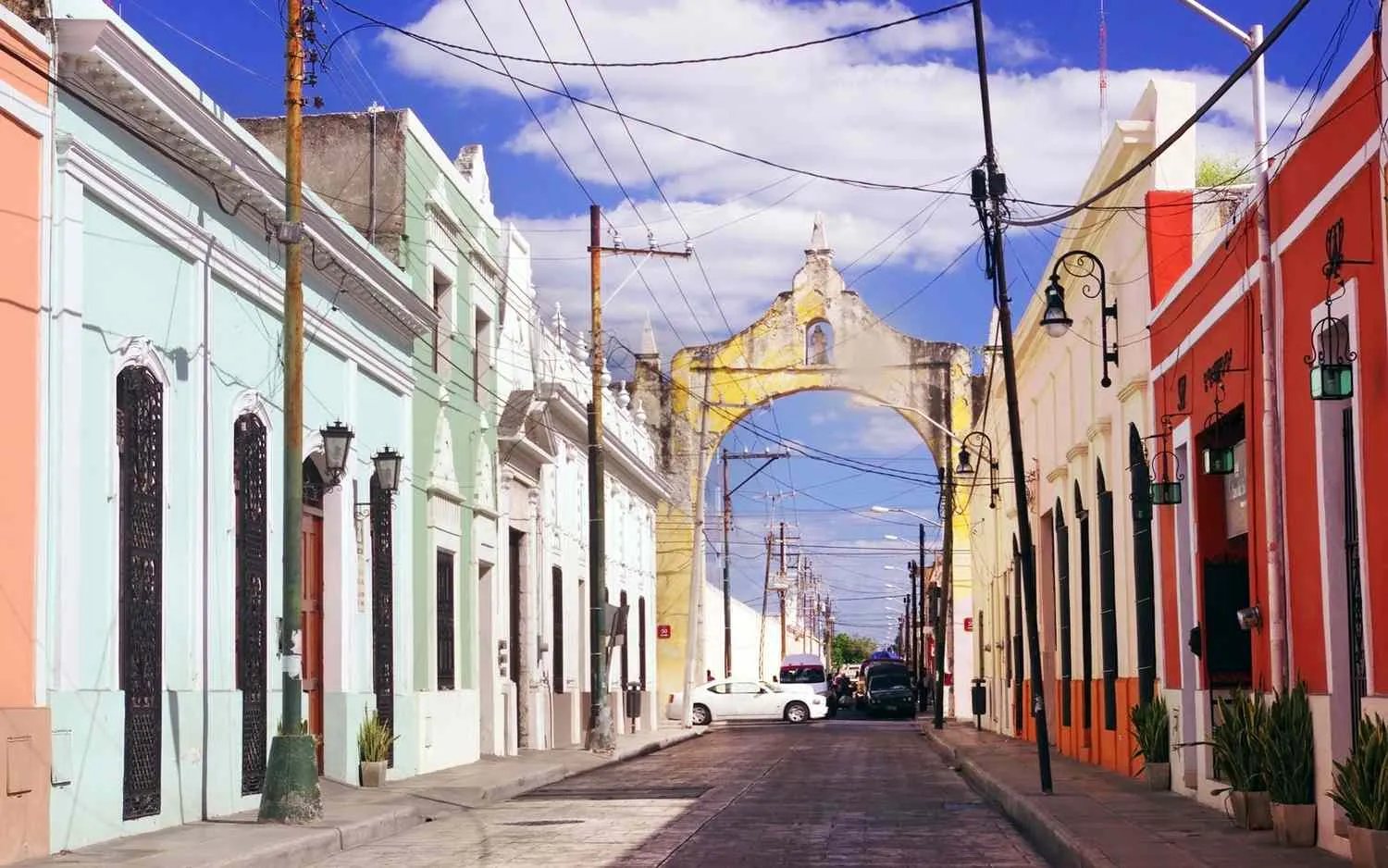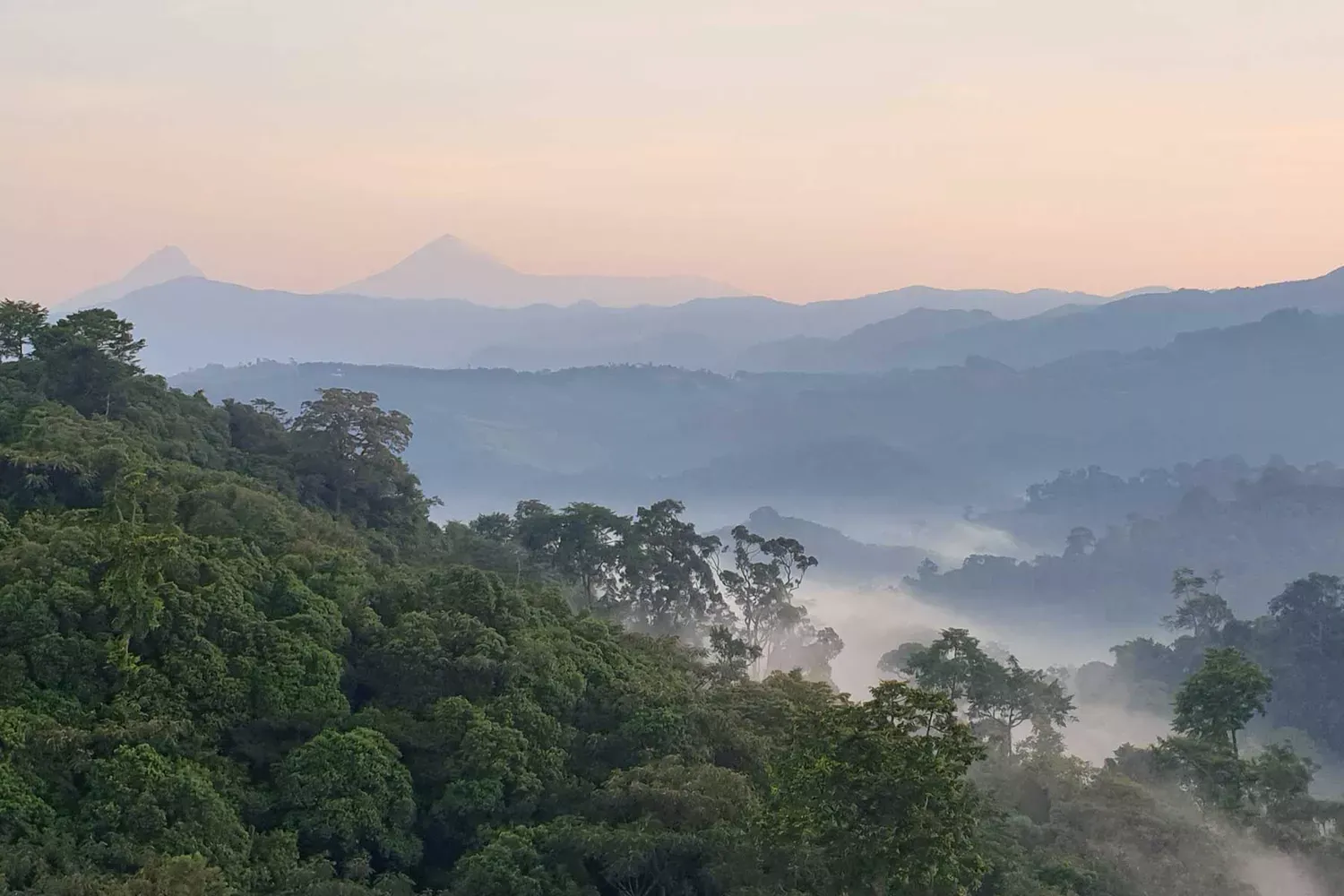
Rwanda expands its tourism offerings with a brand-new rainforest park, Gishwati-Mukura National Park. This haven protects endangered golden monkeys and unique endemic birds. Explore its diverse ecosystem responsibly, prioritizing local community support and sustainable eco-tourism practices. Obtain permits through authorized tour operators to minimize environmental impact and experience the park's natural beauty.
Rwanda, often called the "Land of a Thousand Hills," has added another jewel to its already impressive crown of natural attractions: the Gishwati-Mukura National Park. This relatively new park, established in 2015, protects a vital rainforest ecosystem and offers visitors a unique opportunity to experience Rwanda's rich biodiversity, including its golden monkeys and a plethora of endemic bird species. But exploring this incredible destination comes with a responsibility to protect its delicate environment and support local communities. Here's your guide to visiting Gishwati-Mukura National Park responsibly.
What Makes Gishwati-Mukura National Park Special?
Gishwati-Mukura is actually composed of two distinct forests: Gishwati and Mukura. Historically degraded due to deforestation and unsustainable land use, these forests have undergone extensive restoration efforts, resulting in a thriving ecosystem teeming with life. The park is home to:
Golden Monkeys: These playful primates are a major draw, offering a more intimate and less crowded trekking experience compared to their cousins in Volcanoes National Park.
Endemic Birds: Gishwati-Mukura is a birdwatcher's paradise, boasting a diverse range of species found nowhere else on earth.
Chimpanzees: While sightings are less frequent than in other locations, a small population of chimpanzees also calls Gishwati-Mukura home.
Other Primates: L'Hoest's monkeys, blue monkeys, and vervet monkeys also inhabit the park.
Lush Landscapes: The park's stunning landscapes, characterized by rolling hills, dense forests, and vibrant flora, are a feast for the eyes.
Planning Your Visit: Essential Information
Before embarking on your Gishwati-Mukura adventure, consider these important factors:
Permits: Permits are required for trekking and other activities within the park. These can be obtained through the Rwanda Development Board (RDB) or reputable tour operators. Booking in advance is highly recommended, especially during peak season.
Best Time to Visit: The dry season (June to September and December to February) is generally the best time to visit, offering drier trails and more comfortable trekking conditions.
Accommodation: While there are limited lodging options directly within the park, several lodges and hotels are available in nearby towns like Rubavu (Gisenyi) and Musanze. Consider eco-friendly accommodations that prioritize sustainability.
What to Pack: Pack comfortable hiking shoes, long-sleeved shirts and trousers to protect against insects and vegetation, rain gear (even during the dry season), insect repellent, sunscreen, and a hat. Binoculars are a must for birdwatchers.
Responsible Tourism Practices in Gishwati-Mukura
Visiting Gishwati-Mukura responsibly means minimizing your impact on the environment and contributing positively to the local communities. Here are some key guidelines:
Choose Eco-Friendly Tour Operators: Select tour operators who are committed to sustainable tourism practices, such as employing local guides, minimizing waste, and supporting conservation efforts.
Respect Wildlife: Maintain a safe distance from animals and avoid feeding them. Follow your guide's instructions carefully. Remember that you are a guest in their home.
Leave No Trace: Pack out everything you pack in. Avoid littering and dispose of waste responsibly.
Support Local Communities: Purchase souvenirs and crafts from local artisans and businesses. Eat at local restaurants and stay at locally owned accommodations.
Conserve Water and Energy: Be mindful of your water and energy consumption. Take short showers, turn off lights when leaving your accommodation, and avoid wasting resources.
Respect Local Culture: Dress modestly and be respectful of local customs and traditions. Learn a few basic phrases in Kinyarwanda, the local language.
Obey Park Regulations: Adhere to all park rules and regulations, including restrictions on photography, noise levels, and trail access.
Gishwati-Mukura Activities and Pricing: A Quick Guide
This table provides a quick overview of some activities within Gishwati-Mukura and expected costs (prices may vary, always confirm with the Rwanda Development Board or your tour operator):
Activity |
Description |
Approximate Price (USD) |
|---|
Golden Monkey Trekking |
Spend time observing and photographing these playful primates in their natural habitat. This is a popular and rewarding experience. |
$100 - $150 per person |
Birdwatching |
Explore the park's diverse birdlife with an experienced guide. Spotting endemic species is a highlight. |
$50 - $100 per person (depending on duration) |
Nature Walks & Hiking |
Explore the forest on foot, taking in the beautiful scenery and learning about the local flora and fauna. Guided options available. |
$30 - $75 per person (depending on trail and duration) |
Community-Based Tourism |
Engage with local communities, learn about their culture and traditions, and support their livelihoods. This can include village visits and cultural performances. |
Prices vary depending on the specific activity. Contact a local tour operator for details. |
Conclusion: Experience the Beauty of Rwanda Responsibly
Gishwati-Mukura National Park offers an unforgettable opportunity to witness Rwanda's incredible biodiversity and contribute to its conservation. By following these responsible tourism practices, you can help ensure that this precious ecosystem thrives for generations to come. So, pack your bags, book your permits, and prepare for an adventure that will leave you with lasting memories and a deep appreciation for the natural wonders of Rwanda. Remember to book in advance and confirm all pricing and permit information before your trip.






